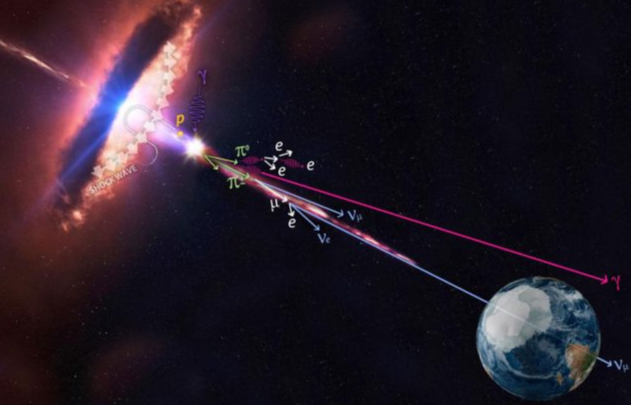Speaker
Description
It has long been observed that extensive air showers (EAS) produced by heavier mass primary cosmic rays (PCR) contained more muons than those created by lighter ones. As a result, muon multiplicities in EAS have been used as an indicator for estimating the PCR
composition. This points towards the importance of an accurate determination of the muon
multiplicity in an EAS. The GRAPES-3 experiment located at Ooty, Tamil Nadu samples the
muon content above 1 GeV energy in an EAS using a large area muon telescope. So far,
counting hits in the proportional counters has been used for the PCR composition studies.
Here, we present a new method to calculate the number of muons in an EAS based on the energy
deposited by particles in the proportional counters which is stored as pulse width, recorded
beside the hit information. The preliminary simulation results of the analysis show that the
dynamic range of detecting muons is increased by two orders of magnitude. Such an increase in the dynamic range is important to determine the PCR composition accurately beyond the Knee region (\sim3 PeV) of the cosmic ray spectrum.

